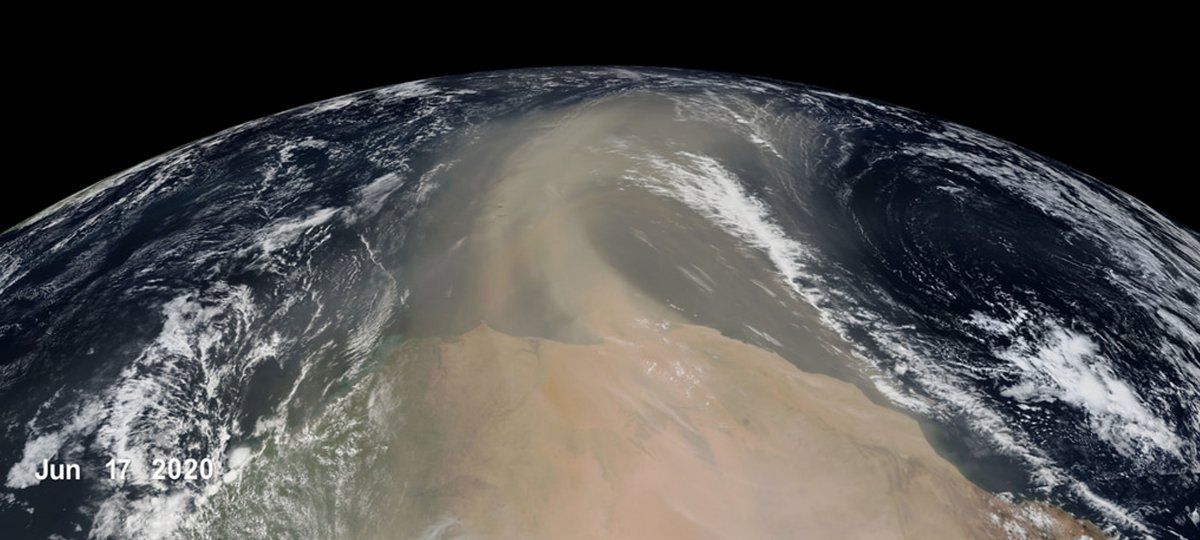By Kimberly Geiger, College of Engineering

Developed at Michigan Tech, a new global weather station-based dataset named dulSD is enabling long-term, large-scale monitoring of the dust cycle.
As wind shapes the surface of the Earth, it pulls dust from dry, exposed land surfaces into the atmosphere. Xin Xi (GMES) uses observations and models to study the sources, transformation and transport of dust to assess its impact on climate and air quality.
“Airborne dust aerosols impact the Earth in a myriad of ways,” he explained. “Mineral dust interacts with the global energy budget, ocean biogeochemistry, air quality and agriculture.”
Satellite remote sensing, a major source of information to study global dust variability, lacked the specifics Xi needed. He revisited the National Oceanic and Atmospheric Administration’s Integrated Surface Database and set out to create a new dataset for evaluating global dust, which he named duISD.
How much dust is there? Read more on Unscripted, the University’s research blog.